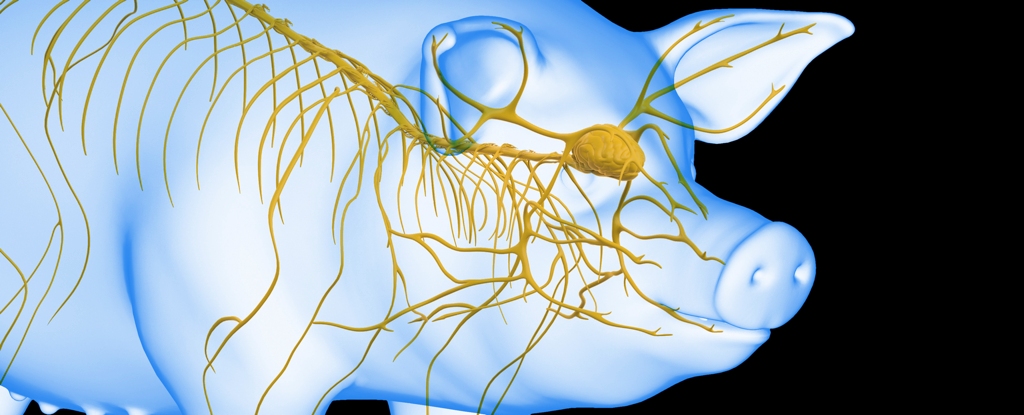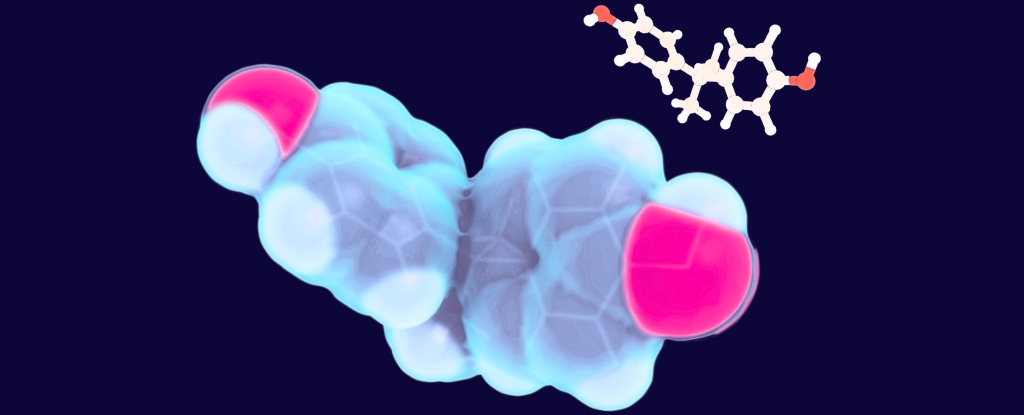Scientists have revived activity in the brains of pigs up to nearly an hour after circulation had ceased. In some cases, functionality was sustained for hours through a surprising discovery by researchers in China.
This achievement represents a huge step forward in working out how to restore brain function after a patient has suffered a sudden cardiac arrest. It suggests that doctors may be able to widen the brief window for successful resuscitation of patients following cardiac arrest.
The trick? Incorporating the patient’s unharmed liver – the organ the body uses to purify its blood – into the life support system used to revive the brain after the time had elapsed.
Sudden cardiac arrest causes a lot of problems in the body due to the rapid cessation of blood flow. The subsequent drop in circulation to parts of the body is called ischemia, and when it occurs in the brain, it can cause serious, irreparable damage within minutes. This is why the resuscitation window for cardiac arrest is so short.
It’s known that multi-organ ischemia plays a role in the brain’s ability to recover after a cardiac arrest, but the individual organs have not been fully investigated.
In recent years, scientists have been using pig models to test methods for limiting brain injury. Supervised by physician Xiaoshun He of Sun Yat-Sen University in China, a team of scientists has turned to the animal to try and understand the role of the liver in brain recovery after ischemia due to cardiac arrest.
Using 17 lab-raised Tibetan minipigs, the team compared the inclusion of a liver in a loss of circulation. In one set of experiments, two groups of pigs were subjected to brain ischemia for 30 minutes; one of the groups was also subjected to liver ischemia, and the other was not. Meanwhile a control group underwent no ischemia.
When the pigs were euthanized and their brains examined, the control group obviously had the least brain damage; but the group that had not been subjected to liver ischemia showed significantly less brain damage than the group that had.
The next stage of the research involved attempting to incorporate an undamaged liver into the life support system reviving a brain that had been removed from a euthanized pig entirely. This is unlikely to be a scenario used to treat humans, but it helps scientists understand the windows in which resuscitation may be viable.
The basic life support system involved an artificial heart and lungs to help pump fluid through the brain. For one group, a pig’s liver was integrated into the system, known as liver-assisted brain normothermic machine perfusion.
First, brains were connected to the life support systems 10 minutes after commencement of the life support procedure. For the system without a liver, electrical activity in the brain emerged within half an hour before declining over time.
The team also experimented with different delays, connecting brains to the liver-assisted system at intervals of 30 minutes, 50 minutes, 60 minutes, and 240 minutes. The longest interval that showed the most promise was 50 minutes after being deprived of blood: the brain restarted electrical activity, and was maintained in that state for six hours until the experiment was shut off.
Remarkably, in brains that had been starved of oxygen for 60 minutes, activity only returned for three hours before fading, suggesting a critical interval in which resuscitation can be successful with the addition of a functioning liver.
These results, the researchers say, suggest the liver plays an important role in the development of brain injury following cardiac arrest. The findings suggest new avenues for research into brain injury, and may, hopefully, improve survival rates and recovery outcomes for human patients in the future.
The research has been published in EMBO Molecular Medicine.





